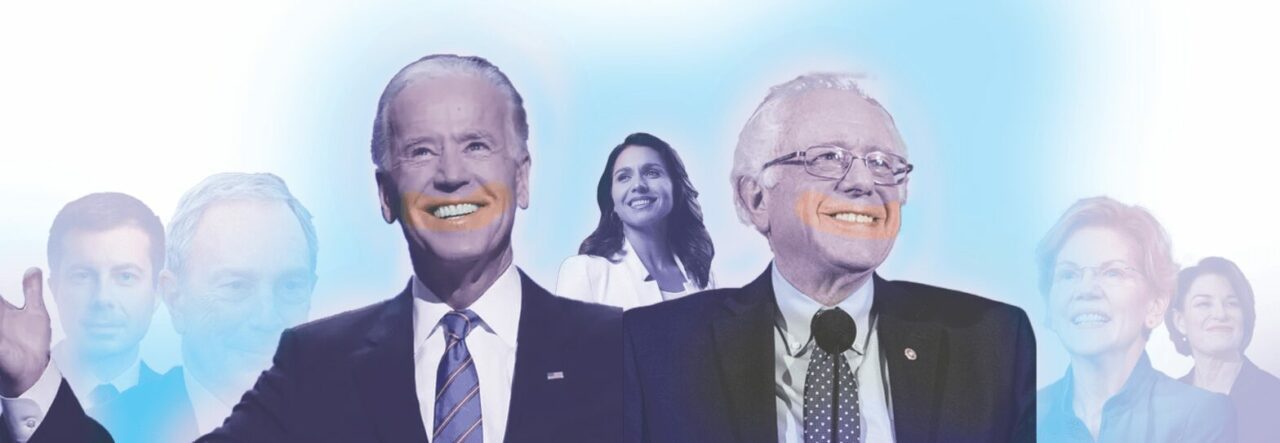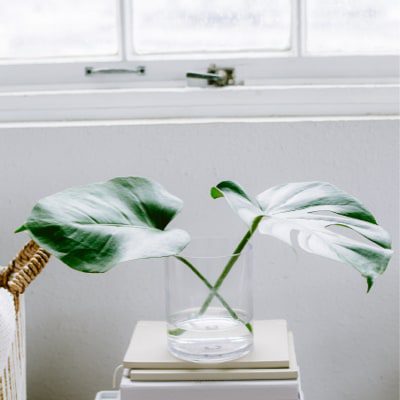1 Thing Thursday: Un-Sexy Primaries Welcome to our weekly breakdown of political issues within a post-partisan context that puts our well-being over political loyalty, today's topic is primaries. TL;DR: A Better Way To Primary The way we choose presidential nominees...
The Primary Concern: A Better Way to Hold Primaries
Continue Reading









